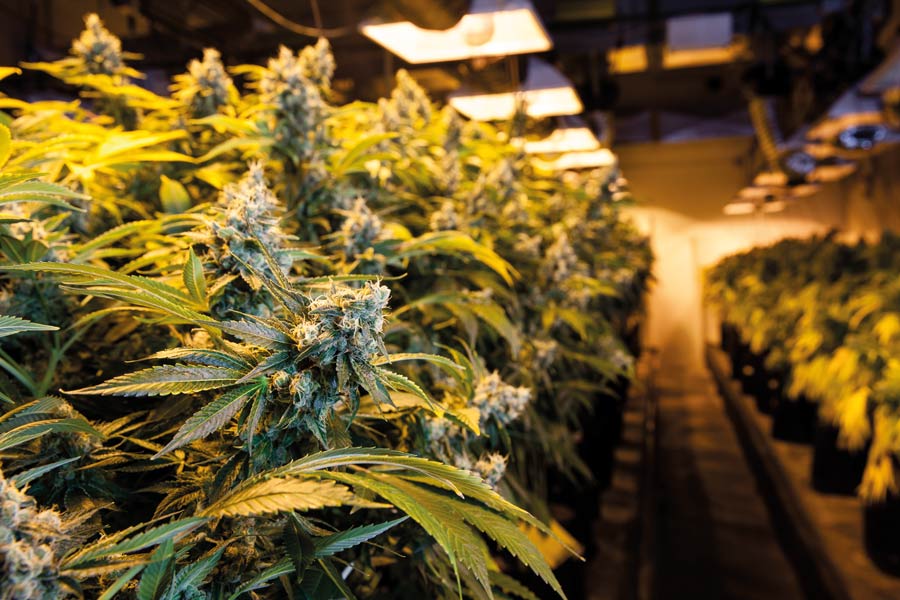

Fact: pain severely impairs quality of life.
There are different kinds of pain. Broadly categorised, we can divide them into acute and chronic.
| Pain |
|
Chronic pain is an escalating public health problem affecting one in five people. Over the next decade this will increase to one in three because of a combination of population aging and the advancement of medical technology saving lives but leaving survivors coping with serious pain conditions. Current analgesics or painkillers are inefficient in about 70% of patients. According to one estimate, over 650,000 opioid prescriptions are dispensed each day in the US. Chronic pain is often comorbid with emotional disorders such as anxiety and depression, suggesting alterations in neuronal brain processing. |
Acute pain is usually the result of tissue injury and is essential in alerting us that something is wrong. When pain persists beyond the expected time of healing, it becomes chronic or persistent pain.
Chronic pain is a very complex phenomenon made up of biological, psychological, and social components. While we do not know the exact figure for Malta, over 100 million people across Europe suffer from chronic pain.
When pain is persistent, it no longer reflects tissue injury and can become a severe burden for affected persons and their carers. Unfortunately, there are very few effective conventional analgesics (painkillers) for this type of pain. Non-steroidal anti-inflammatory drugs (NSAIDs) are only recommended for short-term use as they can cause some serious side effects. Powerful alternatives exist but are opiate-based drugs such as morphine and codeine, which have even worse side effects. In high doses, opiates can even cause respiratory depression and death.
| Marijuana for pain relief |
|
The cannabis plant contains a large number of compounds, of which 60 are cannabinoids. THC is principally responsible for the psychoactive effects. When cannabis is smoked, only 25% of the THC content is adsorbed. Medical marijuana also has a number of side effects, the more common among them being drowsiness, dizziness, dry mouth, and dysphoria. But while these are not pleasant side effects, administration of natural or synthetic cannabinoid receptor agonists has shown therapeutic value for a number of important medical conditions including pain, anxiety, glaucoma, nausea, emesis, muscle spasms, epilepsy, and wasting diseases. |
To manage chronic pain, an interdisciplinary approach is key. Diet and lifestyle changes are important to reduce triggers and improve mobility. Stress-reducing activities such as mindfulness meditation, yoga, and low impact exercise all help with reducing severity and impact of pain. Some cases may require more specialised interventions such as psychotherapy or psychiatric review. Despite this holistic, interdisciplinary approach, many patients with persistent pain still claim they are not well-controlled.
So is there any hope for these people? The answer is yes, there is and many already know about it: cannabis.
Cannabis has been used to manage pain for over 5,000 years, a history now backed by rigorous research. Despite these facts, the plant has been rarely used with this therapeutic aim.
The two main ingredients of cannabis are cannabidiol (CBD) and tetrahydrocannabinol (THC). Marijuana is the the most effective drug in managing many types of persistent pain. Its mode of action, through the endocannabinoid system (ECS), and its ability to control various associated symptoms such as anxiety, depression, and insomnia make it an immensely valuable therapeutic tool.
The ECS is made up of nerves and receptors which communicate using endogenous cannabinoids produced by the body. This system of nerves and receptors is larger than all the other different systems of receptors put together, making it the most important system of neurotransmitters in the body. It is also responsible for controlling all of the other systems and maintaining homeostasis, our body’s balance.
Marijuana appears to be a promising source of painkillers. More studies need to be conducted to determine ideal dosing and delivery routes, yet no patients have ever experienced any major adverse events. On the other hand, opioids, the current gold standard for painkillers, have resulted in overdoses; the contrast is stark and it is time to act.





Comments are closed for this article!